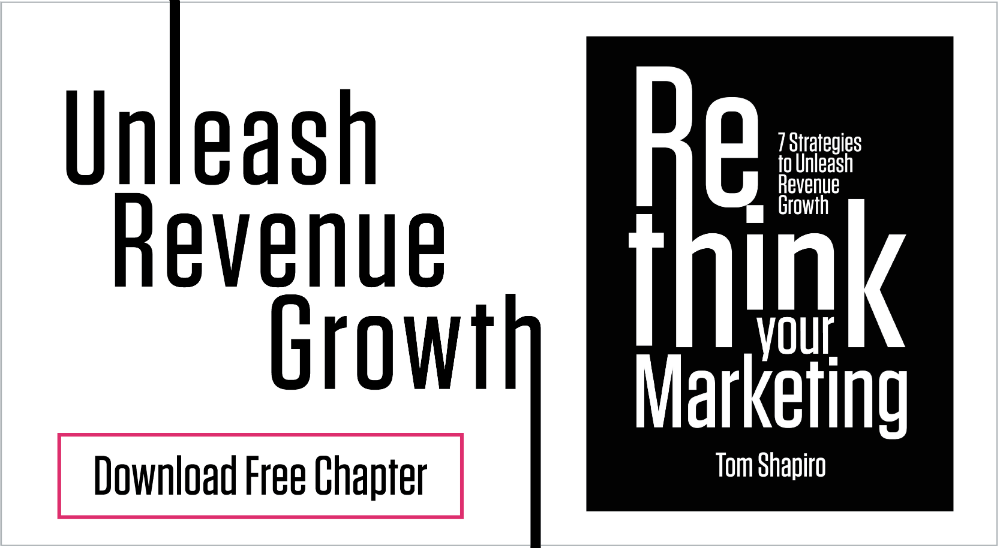Don’t Treat All Traffic the Same

You just walked out of one of the most stressful meetings of the year. You’re sweating, and can’t decide if you should go outside for a breath of fresh air, or chug a large, cold glass of water first. You know one thing for certain, though:
When you sit back down at your desk, you’re making an optimization plan, and you’re making it fast.
Numbers have been down in the last quarter, and for no good, identifiable reason. You feel a pit in your stomach. It’s baffling you, but that doesn’t matter: you’ve got to get to the bottom of it, and you’ve got to fix it ASAP.
It doesn’t matter if you have to pull an all-nighter in the office at some point this week. You’re damned sure you’re going to figure it out and make it happen.
And while you are approaching your analysis and aiming to achieve that kind of marketing turnaround, we have one major word of warning for you:
DO NOT treat all traffic the same.
Because when you treat all traffic the same, you end up with wrong and misleading conclusions. Yes, you can achieve some noticeable upticks in ROI in certain areas, but no specific segments are maximized and you’ll realize what a mess you’ve created the next time you try to do an audit.
It’s only through segmentation of the data, cross-examination across multiple segments, and optimization of each portfolio piece that you truly maximize results.
When you treat different traffic segments differently, you optimize the results of ALL traffic, increasing ROI.
Learn Effective Audience Segmentation Strategies
(AND how eliminating certain audience segments can actually accelerate growth!)
Get the first chapter of Rethink Your Marketing free.
So let’s talk about different ways to segment your traffic:
1. Domestic vs. International Visitors
Differentiating geographic traffic will carry different weight for different businesses, but when you have a goal like event registrations for a location-based event…you bet location matters.
Take a look at the two screenshots below of US-based traffic for this campaign, vs. non-US based (or international) traffic:
US TRAFFIC
NON-US TRAFFIC
As you can see, 71 registrants came from the US and 15 came from abroad during the time period examined, making the US revenue 4.7x higher.
This means, you’d be super smart to allocate the vast majority of your marketing budget to US campaigns. When 36% of the marketing budget is being allocated to international markets, there’s a serious disconnect between the marketing budget allocations and reality.
The first thing to do is to reduce investments that target areas outside of the US, while reallocating such funds to the US. That alone should spur growth in registrations and revenue.
However, to do so equally across all marketing channels would not only be shortsighted, it would be self-defeating.
Why? Well, when we ALSO segment by the individual traffic sources, we see an entirely new story…
2. Paid Media vs Organic Traffic
Digging deeper into the traffic, what we see is that paid search accounted for 20.17% of the unique visitors from outside the US, and resulted in 20% of those registrations. A pretty smart investment.
In contrast, paid search accounted for merely 13.86% of the US-based visitors, and…it didn’t generate any registrations. A waste of money by any measure.
Looking at paid media results across both display and paid search, we’re talking about zero conversions for US traffic. End of story.
Not exactly where you want to be investing your budget.
As you can see, it’s important to include analysis beyond merely one geographic segment comparing it to others. What’s more valuable is the geographic analysis coupled with cross-analysis against other, non-geographic segments, in order to truly drill down to the specific levers to maximize results.
In this campaign, the US visitors who come via organic sources represent 25.35% of conversions, a very healthy percentage. They spend nearly three whole minutes on the site and have a significantly lower bounce rate than the visitors from paid search, who spend less than a minute, have a high bounce rate, and don’t buy anything. Even worse are those who arrive at the site from display ads, with an average time-on-site of merely 35 seconds (2 minutes and 13 seconds lower than organic traffic), and again, don’t buy a single ticket. Yikes!
With this information, you’d obviously make the decision to double-down on your SEO efforts, and not waste your money on paid media, for your US-based traffic. For this campaign, SEO ROCKS!
3. New vs. Returning Visitors
Time and time again, we find marketers treating new and returning visitors the same. Depending on the website and campaign, this can be a grave mistake.
With this campaign, 69 registrants during the time period examined were returning visitors, and only 5 were new visitors…meaning returning visitors brought in 13.8X more revenue.
Wait, did you get that? A whopping 13.8 times more revenue! Why in the world would you treat both sets of traffic the same?
Clearly, it would be more strategic to get new site visitors into an email nurturing funnel and to launch a retargeting campaign, rather than trying to sell to them right away. In fact, we would argue that you should double-down on getting your new visitors to opt-in to your database. This could be the key to exponential registration and revenue growth further in their journeys.
In addition, it would be far more profitable to funnel returning visitors towards registration. (13.8X more profitable, actually.)
When You Segment Your Traffic, You Win Big
When one aspect of your marketing isn’t working the way you want it to, it’s tempting to just look at how “the traffic” is performing as a whole and make optimization decisions based on that. But as we’ve seen above, that could be more detrimental to your numbers than it is useful.
Taking the time to segment your traffic and do cross-segment analysis gives you more effective insights, makes the most of your budget, and by far gives you the most impressive results.
In fact, you may even discover that eliminating a certain audience segment would actually help you catapult your growth. I know it seems counter-intuitive, but I’ve seen it time & time again.
The bottom line is, don’t treat all of your traffic the same. Segment, segment, and then segment some more.
Smarter Traffic Analysis
Ready for better marketing and website results? Book a Strategy Call.






